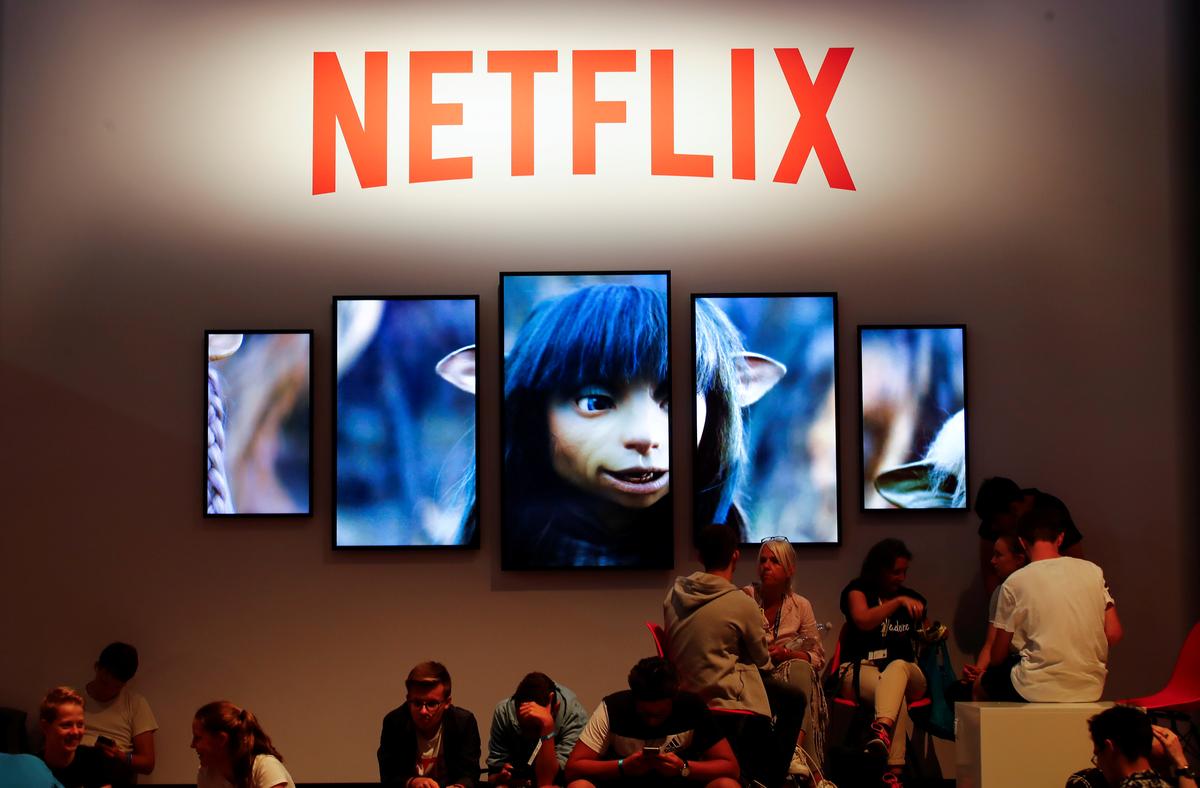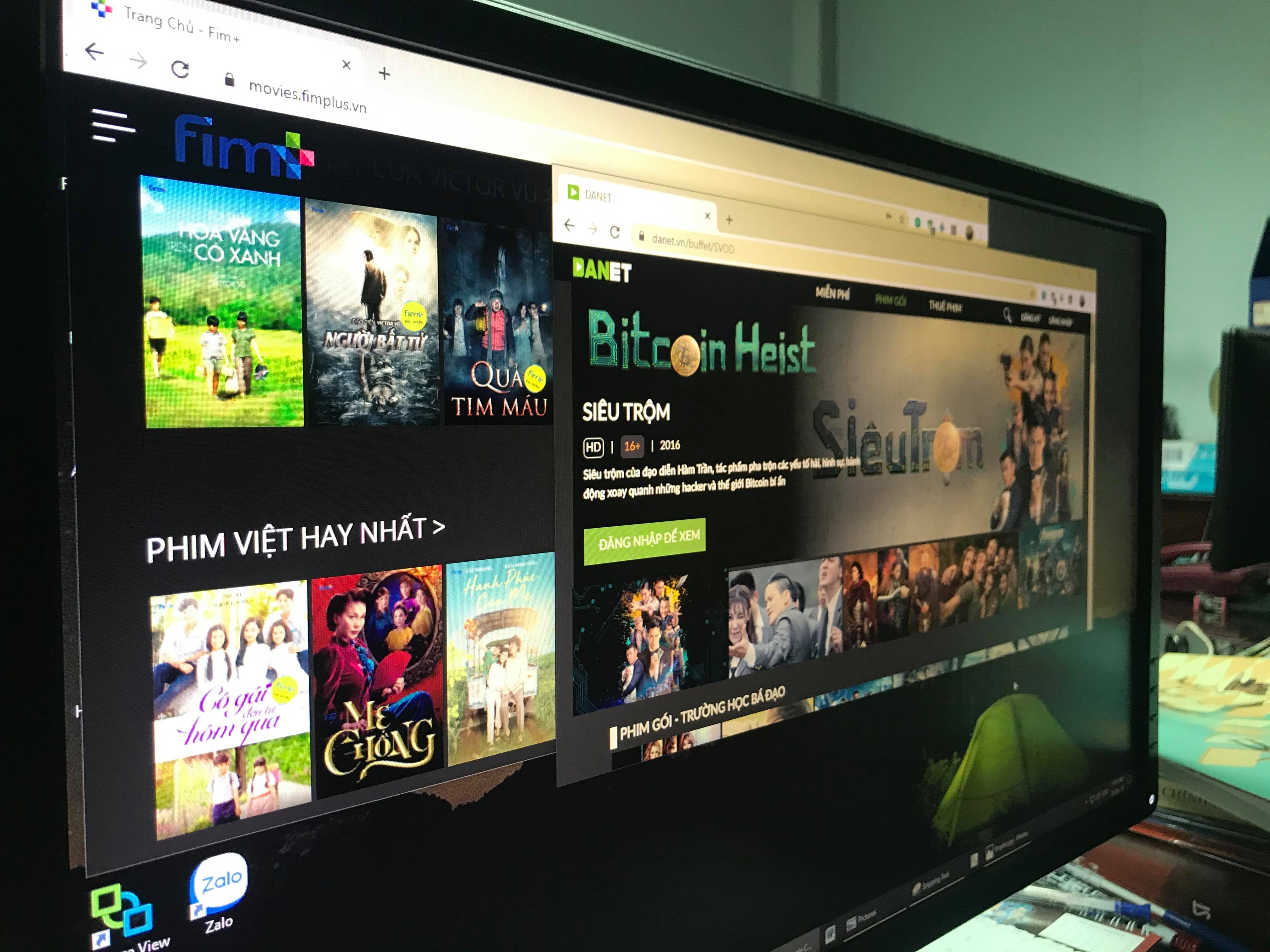While a ‘streaming war’ is at its peak in the U.S., where industry veterans such as Netflix and Hulu are struggling to keep their market shares from falling into the hands of newcomers like Disney+, the battle for viewers has not heated up in Vietnam, according to insiders.
America’s booming video-on-demand (VOD) streaming market just got a little more crowded, as Disney recently threw its hat into the ring with the introduction of its Disney+ streaming service, an unwelcome addition to the market in the eyes of market leaders Netflix, Hulu, HBO Go, and Amazon Prime Video.
In Vietnam, however, where Western streaming services Netflix and Apple TV+ share an equally crowded market with Malaysia’s iFlix and domestic players Fim+, DANET, Clip TV, and MyTV, the competition has not got stiff yet.
‘The more the merrier’
“When it comes to the streaming market, the U.S. and Vietnam are as different as chalk and cheese,” said Truong Nguyen Thu Ha, CEO of Fim+.
According to Ha, 70 percent of American households subscribe to VOD services. Meanwhile, that number hovers below 10 percent in Vietnam.
“In the U.S., the [VOD] market is already quite mature and new players have to fight to ‘steal’ subscribers from existing firms. That’s not the case in Vietnam,” Ha told Tuoi Tre News during an interview in November.
Vietnam’s VOD market, on the other hand, is still in its infancy.
Netflix entered the market just three years ago, in 2016, the same year domestic firms Fim+ and DANET launched their respective services.
“Fim+ [and other service providers] are still exploring the market,” Ha explained.
“The pie is still big enough for everyone to get a slice without having to go after someone else’s piece.”
As Vietnam’s streaming market continues to grow, each player is exploring its options to carve out a permanent foothold for itself, be it offering subscription-based services (SVOD), transaction-based services (TVOD), or advertisement-based services (AVOD).
Netflix is currently the most popular service offering SVOD – a platform where users are granted access until they unsubscribe.
AVOD platforms, on the other hand, offer free access for users in return for views of advertisements run through the service.
TVOD services offer users the opportunity to ‘rent’ video content for a limited time.
Fim+, for example, provides both SVOD and TVOD services, with the latter offering 48-hour access to international and domestic titles for VND20,000-50,000 (US$1-2) each.
Unlike in the U.S., where long-time players see new entrants offering these services as a threat, the attitude in Vietnam leans toward 'the more the merrier,' according to Ha.
The Fim+ executive shared that there are only a few million premium VOD subscribers in Vietnam, an insignificant number in a market of nearly 100 million potential users.
“With more providers, Vietnamese users become more exposed to the idea of VOD services. This creates a healthier environment for video streaming platforms to thrive in the country,” Ha told Tuoi Tre News.
“In short, fierce competition doesn’t exist between VOD services in Vietnam because all the players are more focused on exploring the market and educating consumers.”
|
|
| Windows showing Fim+ and DANET websites are seen on a computer screen in this photo taken in Ho Chi Minh City. Photo: Son Luong / Tuoi Tre News |
Local knowledge
A major factor in the welcoming of new entrants into Vietnam’s VOD market may be the diversity in markets each service has attracted.
Netflix, for example, has lured medium- and high-income Vietnamese who look for Western content and do not need Vietnamese subtitles.
Alternatively, Fim+ targets those searching for East and Southeast Asian content from countries such as Vietnam, China, South Korea, and Thailand, but not willing to pay big for a streaming subscription.
According to Ha, Vietnamese streaming services are more in touch with the tastes of Vietnamese audiences than foreign players, allowing them to provide more appropriate content than international competitors at more competitive prices – just VND50,000 ($2.5) for a monthly subscription to Fim+ and DANET, compared to VND180,000 ($7.7) to Netflix.
Still, local companies are keeping an eye on their international counterparts, particularly in light of Netflix’s mid-October introduction of a Vietnamese interface on its platform and CEO Reed Hasting’s visit to Hanoi last month, during which he promised government officials original Netflix content in the Southeast Asian country.
“The launch of our Vietnamese interface is a testament to Netflix’s commitment to bringing our services closer to users in markets where we are present,” a local Netflix media representative told Tuoi Tre News via email.
“We have dedicated thousands of hours to Vietnamese dubbing and subbing for our content in order to bring users the best possible [viewing] experience.”
The bigger picture
As a whole, most domestic service providers share a common goal – convincing consumers to pay to stream copyrighted content rather than turning to free, pirated alternatives.
“It takes time to change the habit and mindset of consumers, but this is the time [for streaming companies] to introduce our services to potential users,” Dinh Vu, a media representative for DANET, told Tuoi Tre News via email, adding that legitimate platforms are fighting an uphill battle against unlicensed streaming services and pirated movie websites.
“Though we have to follow regulations on censorship and broadcasting and spend money on buying movie copyrights, sites offering pirated movies aren’t regulated at all,” Vu said.
Ha, meanwhile, does not share Vu’s sentiment.
“We should accept the fact that illegal websites will never be eradicated,” she said.
“But streaming services will eventually win over users.
"There is a huge difference in terms of content quality between a movie streamed from an illegal website and a legitimate platform.
“The fight against websites that stream pirated content is an obstacle, but not the biggest [for legal streaming services]."
Like us on Facebook or follow us on Twitter to get the latest news about Vietnam!

















































